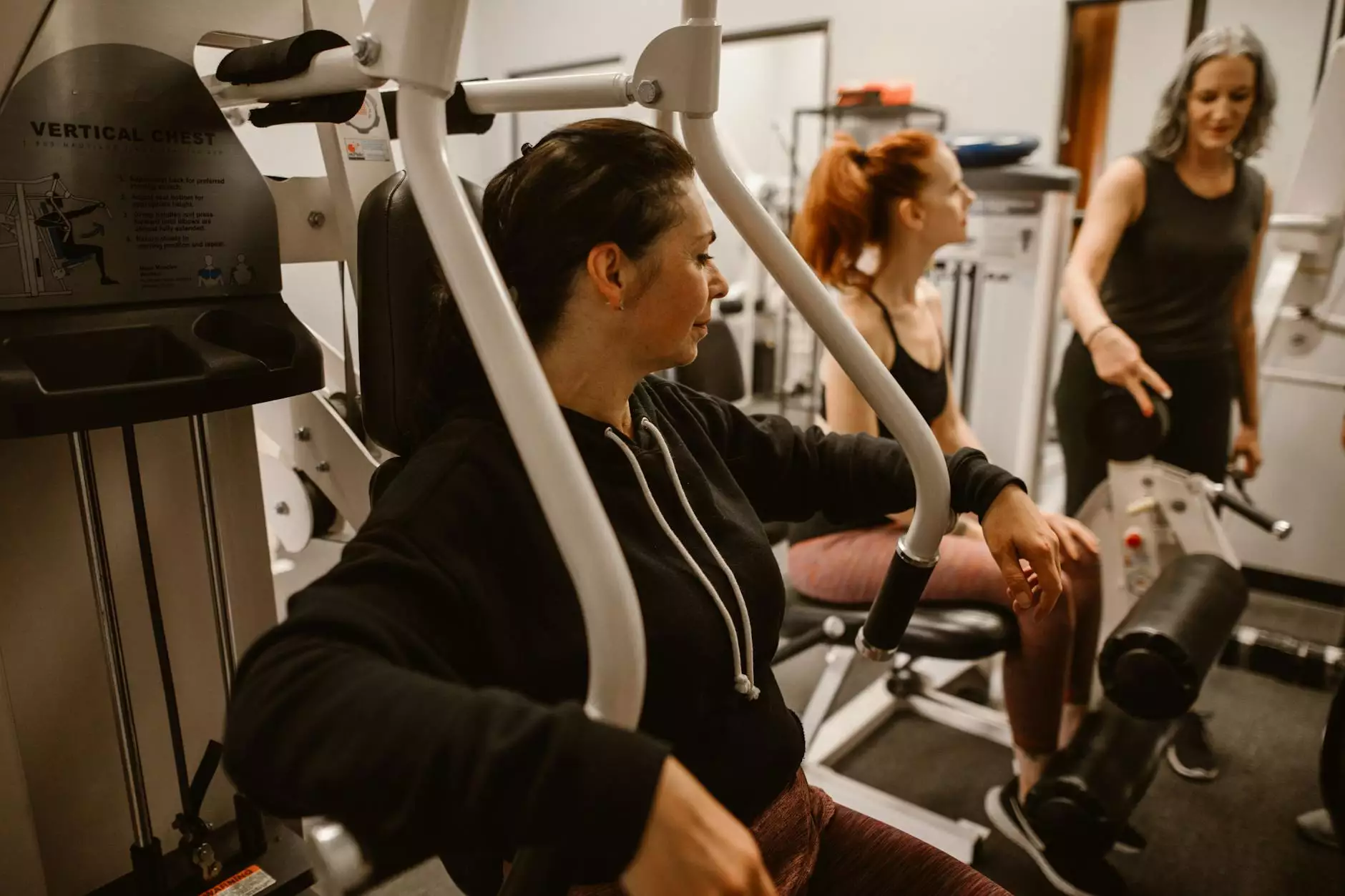Understanding Blood Clots in the Upper Thigh

Blood clots can form in various parts of the body, but one of the most concerning locations is the upper thigh. A blood clot in the upper thigh can lead to significant health risks, including deep vein thrombosis (DVT) and pulmonary embolism if not treated promptly. This comprehensive guide will delve into the causes, symptoms, diagnosis, and treatments available for blood clots in this critical area of the body.
What is a Blood Clot?
A blood clot is a mass of blood that changes from a liquid to a gel-like state. Clots are essential for stopping bleeding when you have an injury; however, clots can also form within blood vessels, leading to dangerous complications if they obstruct blood flow.
Understanding Blood Clots in the Upper Thigh
The upper thigh contains large veins that are susceptible to the formation of clots. When a clot develops in this area, it can impede blood flow to the lower extremities, leading to potentially severe consequences.
Causes of Blood Clots in the Upper Thigh
Several factors contribute to the formation of blood clots in the upper thigh, including:
- Prolonged Immobility: Extended periods of sitting or lying down—such as during long flights or bed rest—can lead to blood pooling in the veins.
- Injury or Surgery: Trauma to the thigh or surgical procedures can initiate bleeding and trigger the clotting process.
- Hormonal Factors: Hormonal changes during pregnancy or the use of birth control pills can increase the blood's tendency to clot.
- Obesity: Excess weight puts additional pressure on blood vessels, increasing clot risk.
- Smoking: Tobacco use negatively affects circulation and can contribute to clotting risks.
Symptoms of a Blood Clot in the Upper Thigh
Identifying the symptoms of a blood clot is crucial for timely intervention. Common symptoms include:
- Swelling: The affected thigh may swell noticeably, often accompanied by pain or tenderness.
- Pain: Individuals may experience a cramping sensation or discomfort in the thigh, similar to a pulled muscle.
- Warmth: The area around the clot may feel warm to the touch, a result of the body's inflammatory response.
- Skin Color Changes: The skin around the clot may appear red or discolored.
- Shortness of Breath: If a clot travels to the lungs (pulmonary embolism), symptoms may include sudden shortness of breath, chest pain, and coughing up blood.
Diagnosis of Blood Clots in the Upper Thigh
Proper diagnosis is essential for managing a blood clot in the upper thigh. Healthcare professionals typically use a combination of the following methods:
- Ultrasound: A non-invasive imaging technique that uses sound waves to visualize blood flow and detect clots.
- D-dimer Test: This blood test measures the presence of a substance released when a blood clot breaks down. Elevated levels suggest clot formation.
- CT or MRI Scans: These imaging tests can provide detailed views of the blood vessels and help confirm the presence of a clot.
Treatment Options for Blood Clots in the Upper Thigh
Treatment aims to prevent the clot from growing larger and to reduce the risk of complications. Common treatment strategies include:
Anticoagulant Medications
Doctors often prescribe anticoagulants, commonly known as blood thinners, to prevent further clotting. These medications include:
- Heparin: Administered intravenously or via injections, it works quickly to thin the blood.
- Warfarin: An oral medication that requires regular monitoring of blood levels to ensure effectiveness.
- Direct Oral Anticoagulants (DOACs): These newer agents, like rivaroxaban and apixaban, offer ease of use with less monitoring.
Thrombolysis
In severe cases, healthcare providers may opt for thrombolysis, a procedure that involves delivering clot-busting medications directly to the clot via a catheter.
Compression Stockings
Patients are often advised to wear compression stockings to improve circulation and reduce swelling in the affected limb.
Surgery
In rare cases where a blood clot poses a significant threat, surgical intervention may be necessary to remove the clot.
Prevention of Blood Clots in the Upper Thigh
Preventing the occurrence of a blood clot in the upper thigh is vital, especially for individuals at risk. Here are some effective strategies:
- Stay Active: Regular exercise improves circulation and reduces the risk of clot formation.
- Maintain a Healthy Weight: Keeping a healthy body weight can minimize pressure on the veins.
- Avoid Prolonged Immobility: Take breaks during long journeys and move around frequently.
- Stay Hydrated: Adequate hydration ensures that the blood remains thin and fluid.
- Follow Doctor's Advice: If you are at increased risk, such as during pregnancy or post-surgery, follow medical advice regarding anticoagulant therapy.
When to See a Doctor
If you experience symptoms associated with a blood clot in the upper thigh, such as swelling, pain, or warmth, seek medical help immediately. Timely intervention can prevent serious complications, including pulmonary embolism.
Conclusion
Understanding the intricacies of blood clots in the upper thigh is vital for prevention, timely diagnosis, and effective treatment. With proper awareness, the risks associated with this serious condition can be significantly reduced. At Truffles Vein Specialists, our team of experts is dedicated to providing comprehensive care and guidance for vascular health. Don't hesitate to reach out for assistance or more information regarding your vascular health. Prioritize your health and well-being today!
blood clot in upper thigh








